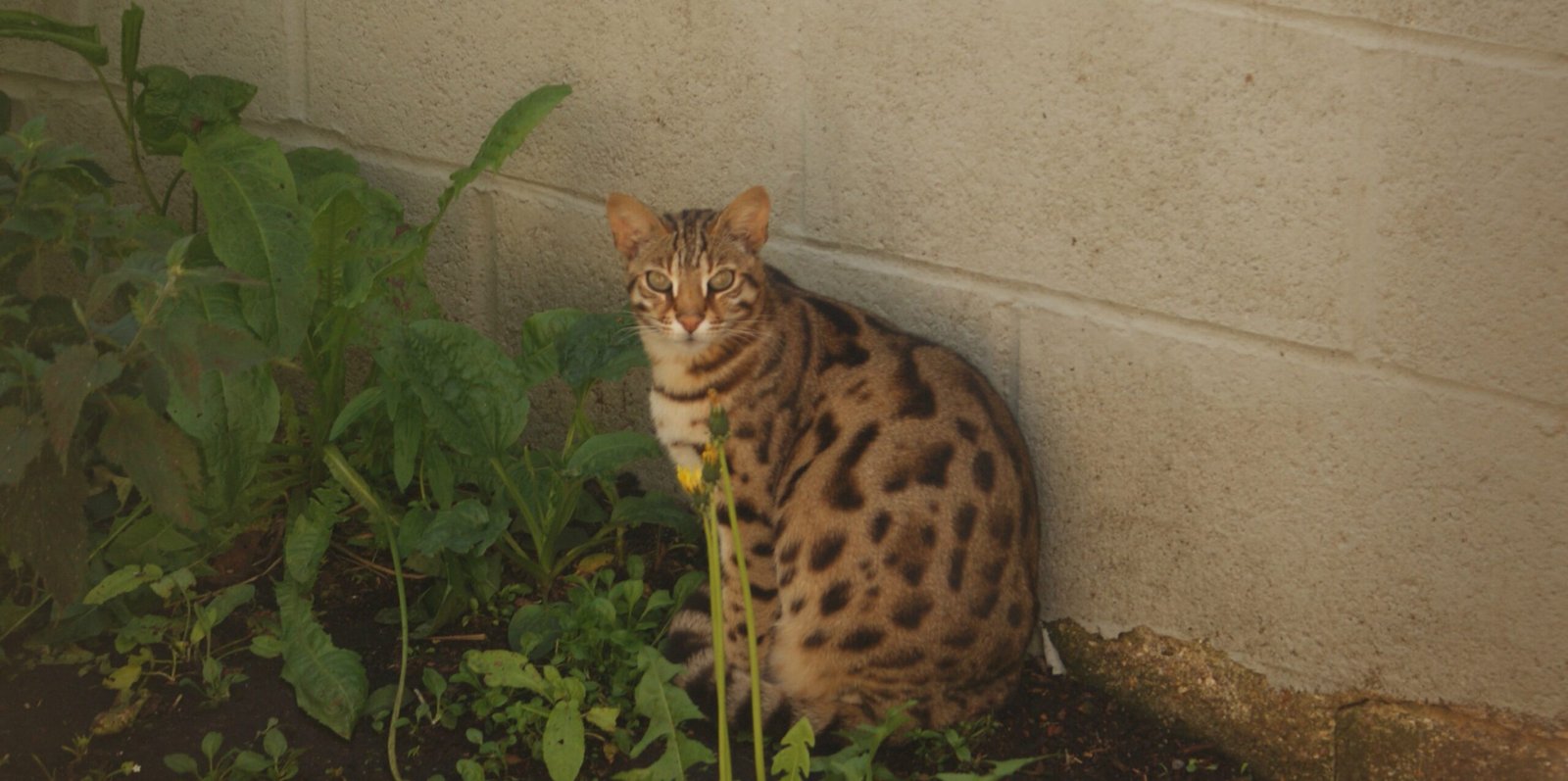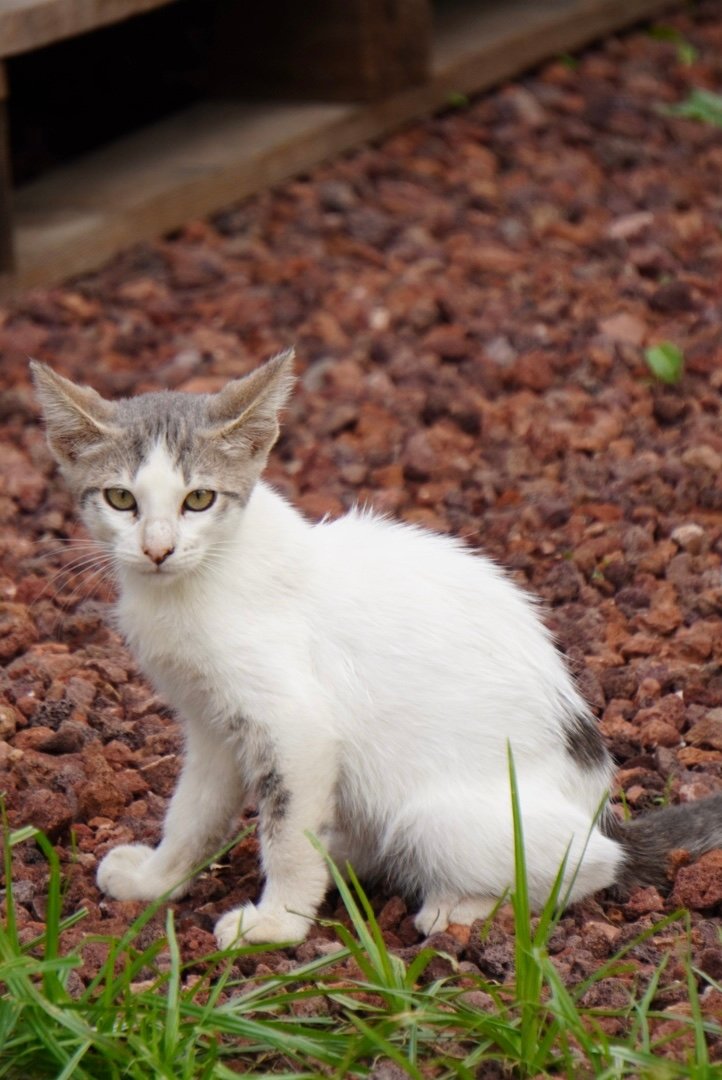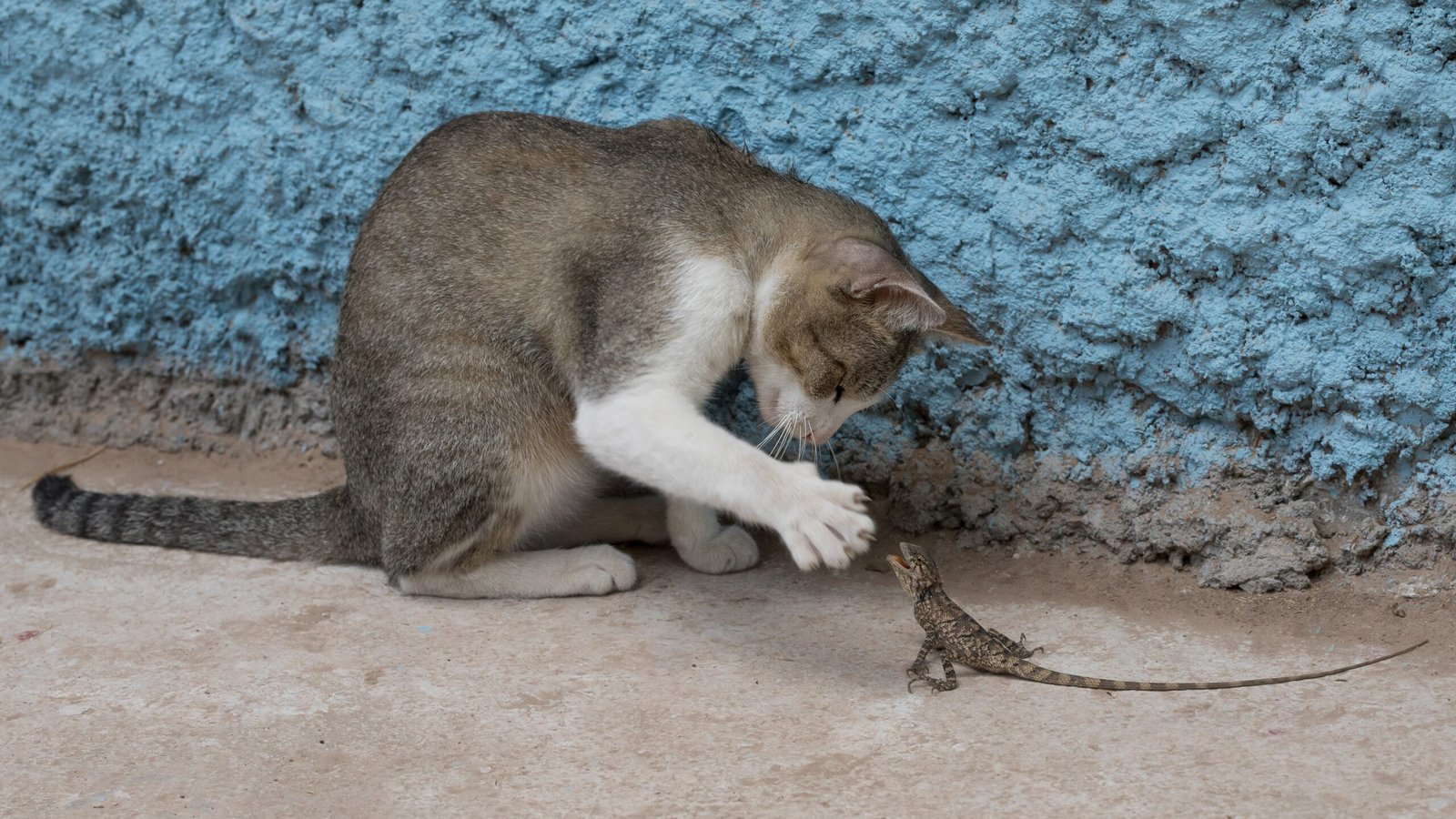Have you ever wondered what it truly takes for a cat to feel at home with someone new? Cats are creatures of mystery, often misunderstood, and they can be heartbreakingly shy or fiercely independent when introduced to new relationships—whether it’s a new person, another pet, or simply a different environment. The journey to winning over a cat’s trust and affection is far from straightforward, but the rewards are deeply touching. If you want to build a genuine bond with your feline friend, it’s essential to let them set the pace. Here, we’ll explore the art and science of letting your cat lead the way, ensuring a bond that’s not only strong but beautifully mutual.
Understanding a Cat’s Unique Personality

Each cat is a world unto itself. Unlike dogs, cats aren’t usually eager to please or quick to adapt. Some are bold and adventurous, while others are timid and cautious. Recognizing and respecting your cat’s individuality is the first step in helping them feel secure in a new relationship. Just like people, cats have their own quirks and preferences, shaped by their early life experiences and even their breed. Approaching your cat as a unique creature rather than expecting them to fit a mold will help you connect on their terms. Don’t rush; take the time to observe their body language and listen to what they’re telling you without words. The more you notice their little habits, the better you’ll be able to support their transition into a new relationship.
The Importance of a Safe Space

Cats crave security, especially in unfamiliar situations. When starting a new relationship—whether with you, a new partner, or another pet—a safe, quiet space is vital. This could be a spare room, a cozy corner, or even a dedicated cat tree. Fill this area with their favorite bed, toys, and perhaps a piece of clothing that smells like you. Let your cat explore at their own pace, using this sanctuary as their base. Don’t force them out; instead, allow them to retreat whenever they feel overwhelmed. Over time, you’ll see them venture farther and become more comfortable, knowing they always have a safe place to return to.
Letting Your Cat Make the First Move

Trying to win a cat’s affection too quickly can backfire. Cats value their autonomy and don’t respond well to pressure. Instead of reaching out, sit quietly nearby and let your cat approach you. You might be surprised at how quickly curiosity wins out over caution. Offer your hand for a sniff, but avoid making sudden movements. If your cat brushes against you, it’s a huge sign of trust. Celebrate these small milestones, as each one brings you closer to genuine connection. Patience here is more than a virtue; it’s a necessity.
Reading Feline Body Language

Cats communicate volumes without ever saying a word. Flattened ears, a flicking tail, or dilated pupils can all signal stress or discomfort. Conversely, a slow blink, a relaxed tail, or purring usually means your cat feels secure. Pay close attention to these cues, as they guide you in how to interact. If your cat’s body language turns tense, give them space immediately. Learning to read and respond to these signals builds trust and shows your cat that you respect their feelings.
Using Treats and Positive Reinforcement

Few things win a cat’s heart like their favorite treat. Use small morsels to reward calm or curious behavior. Place treats nearby as you sit quietly, and let your cat come to you for them. Never force treats into their space; instead, allow them to associate your presence with positive experiences. Over time, this gentle encouragement can help shy cats become more outgoing. Consistency is key, so be patient and stick with it even if progress seems slow at first.
Respecting Your Cat’s Boundaries

Every cat has limits, and respecting those boundaries is crucial to building trust. If a cat pulls away when you reach to pet them, don’t take it personally. Instead, back off and let them come to you when they’re ready. Avoid picking up or restraining your cat, especially in the early days of a new relationship. This level of respect shows your cat that they’re in control, making them more likely to seek out your affection in the future. Over time, those boundaries may shift, but only at your cat’s pace.
Introducing New People Gradually

A sudden influx of new faces can overwhelm even the most social cat. When introducing your cat to a new person, take it slow. Start by letting the new individual spend time in the same room without directly interacting with the cat. Encourage the person to sit quietly and avoid making eye contact, which cats often perceive as threatening. Over time, your cat may approach on their own. Celebrate these small steps, and never force introductions. The gradual approach ensures your cat feels in control and safe.
Integrating with Other Pets

Bringing another pet into the mix can be tricky, especially if your cat is used to being the only animal around. Start by keeping your cat and the new pet in separate spaces, allowing them to sniff each other’s bedding or toys. Slowly introduce them through a cracked door or baby gate, watching for signs of stress or curiosity. If all goes well, increase their time together in short, supervised sessions. Always end meetings on a positive note and retreat to separate spaces if tensions rise. With patience, most cats will accept a new companion in their own time.
Creating Consistent Routines

Cats are creatures of habit, and a consistent routine can work wonders for easing anxiety. Try to feed, play, and interact with your cat at the same times each day. Predictability helps your cat feel secure and confident, especially during transitional periods. Routines can also help you spot changes in behavior that might signal discomfort or stress. The more predictable life is, the easier it is for your cat to adjust to new relationships.
Using Toys to Break the Ice

Play is a powerful tool for bonding. Wand toys, feather teasers, or even simple cardboard boxes can help coax a shy cat out of their shell. Engage in short play sessions near your cat’s safe space, allowing them to join in when they’re ready. Not only does play stimulate your cat’s mind and body, but it also provides a non-threatening way to interact. Over time, your cat will begin to associate you and others with fun and positivity, paving the way for deeper trust.
Speaking Softly and Moving Slowly

Cats are hypersensitive to sound and movement. Loud voices or sudden gestures can scare them, setting back your progress. Speak in a gentle, soothing tone and move slowly, keeping your body language relaxed. Allow your cat to see your hands and avoid looming over them. Over time, your calm demeanor will reassure your cat that they’re safe, encouraging them to approach you on their own terms.
Recognizing Signs of Stress

Stress can show up in subtle ways, from excessive grooming to hiding or changes in appetite. Keep an eye out for these signals, as they often mean your cat needs more time to adjust. If you notice your cat is more withdrawn or agitated, scale back interactions and give them extra space. Sometimes, simply being present without expectation can help your cat feel more comfortable. Always address stress early, as it can prevent bigger problems down the road.
Allowing for Alone Time

Just like people, cats need their alone time. Even the most affectionate felines will sometimes retreat for a nap or quiet contemplation. Encourage this independence by ensuring they have access to their safe space at all times. Resist the urge to follow or coax them out—your patience will be rewarded. When your cat returns, it’s a sign they trust you and feel secure in your presence.
Building Trust Through Routine Care

Simple acts like feeding, grooming, and cleaning the litter box are opportunities to build trust. Approach these tasks with a calm and gentle manner, speaking softly and moving slowly. Over time, your cat will associate you with care and reliability, deepening their sense of security. Even if your cat seems aloof, they notice and appreciate these everyday gestures. Trust is built one small act at a time.
Encouraging Exploration at Their Pace

A new environment can be intimidating for a cat. Encourage exploration by opening doors gradually and allowing your cat to investigate new spaces when they feel ready. Place familiar toys or bedding in different rooms to entice them. Never force your cat out of their comfort zone; instead, let their curiosity guide them. Every new step is a victory, and with each exploration, your cat gains confidence.
Using Scent to Foster Familiarity

Scent is everything to a cat. You can help your cat feel at home by leaving items with your scent in their space—a worn T-shirt or blanket works wonders. Similarly, allowing your cat to rub their face or body on your belongings spreads their scent, marking the area as safe. If introducing new people or pets, swapping bedding can help all parties become accustomed to each other’s scent, making transitions smoother.
Celebrating Small Successes

Progress with cats is often measured in inches, not miles. Celebrate the little victories—a tentative nose sniff, a soft purr, or a playful swipe at a toy. These moments are proof that your cat is beginning to trust and feel comfortable. Share your excitement with gentle praise or a treat, reinforcing their positive behavior. Over time, these small successes add up to a strong, lasting bond.
Knowing When to Seek Help

Sometimes, despite your best efforts, a cat may struggle to adjust to a new relationship. Persistent aggression, hiding, or behavioral changes can signal deeper issues. Don’t hesitate to consult a veterinarian or feline behaviorist for guidance. Professional advice can help you identify underlying problems and develop a plan tailored to your cat’s needs. Remember, seeking help is a sign of love and commitment to your cat’s well-being.
Accepting That Patience Is Everything

Perhaps the most important lesson when helping a cat set the pace is patience. Cats move at their own speed, and rushing the process only breeds anxiety and mistrust. Remind yourself that every cat is different—some bonds form quickly, while others take months or even years. The key is to remain consistent, compassionate, and open-hearted. In time, your patience will be rewarded with a relationship that’s as rich as it is rewarding.
Embracing the Beauty of a Cat-Led Relationship

Letting a cat set the pace is not just about patience—it’s about respect and love. When you allow your cat to lead, you’re honoring their individuality and laying the foundation for a truly authentic connection. This approach may require more time and understanding, but the resulting bond is unlike any other. By putting your cat’s comfort first, you’ll discover the joy of being chosen—on their terms, in their time.
Hi, I’m Bola, a passionate writer and creative strategist with a knack for crafting compelling content that educates, inspires, and connects. Over the years, I’ve honed my skills across various writing fields, including content creation, copywriting, online course development, and video scriptwriting.
When I’m not at my desk, you’ll find me exploring new ideas, reading books, or brainstorming creative ways to solve challenges. I believe that words have the power to transform, and I’m here to help you leverage that power for success.
Thanks for stopping by, Keep coming to this website to checkout new articles form me. You’d always love it!





